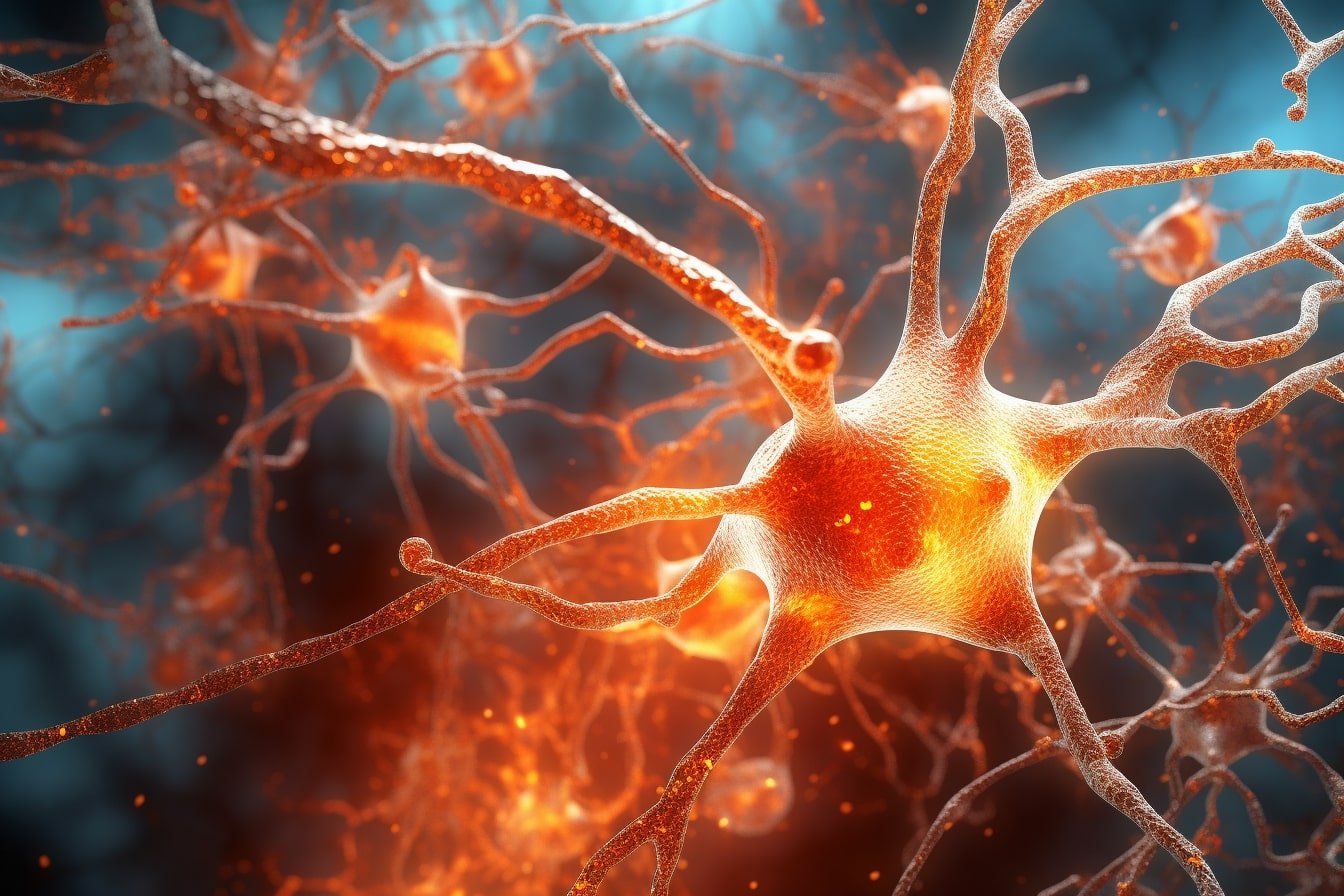Summary: Researchers provide new insights into the progression of Alzheimer’s disease, focusing on the role of synapses in transporting toxic proteins called tau. They discovered small clumps of tau, known as tau oligomers, within the synapses of people who had Alzheimer’s.
In a mouse model, these oligomers were seen jumping from one side of the synapse to the other, spreading the toxic tau through the brain. The team suggests that reducing oligomeric tau at synapses could be a promising strategy to halt disease progression.
Key Facts:
- Synapses, the vital connections that send signals through the brain, have been discovered to also transport toxic tau proteins, contributing to the progression of Alzheimer’s disease.
- Small clumps of the tau protein, known as tau oligomers, were found within the synapses of individuals who had Alzheimer’s disease.
- Reducing these tau oligomers at synapses might be a promising strategy to prevent the progression of Alzheimer’s disease.
Source: University of Edinburgh
Fresh insights into the spread of damaging proteins that build up in the brains of people with Alzheimer’s disease could hold the key to stopping the condition progressing, a study says.
Researchers have discovered that synapses, which send essential signals through the brain, are also transporting toxic proteins known as tau around the brain.
Large clumps of the protein tau – called tangles – form in brain cells and are one of the defining features of Alzheimer’s disease. As these tangles spread through the brain during the disease there is a decline in brain function.
Led by the University of Edinburgh, the study focused on synapses, connections which allow the flow of chemical and electrical messages between brain cells and are vital to healthy brain function. Alzheimer’s disease attacks synapses and their loss strongly predicts reduced memory and thinking abilities.
In the study, scientists examined more than one million synapses from 42 people using powerful microscopy techniques to visualize proteins within individual synapses.
The team discovered that small clumps of the protein tau – known as tau oligomers – are found within the synapses of people who died of Alzheimer’s disease.
Tangles of tau oligomers were seen inside both ends of the synapse – from the brain cell sending signals and the brain cell receiving signals.
In a mouse model of the disease, the oligomers jumped from one side of the synapse to the other, spreading the toxic tau through the brain.
Lowering oligomeric tau at synapses may be a promising strategy to stop disease progression in future, experts say.
Alzheimer’s disease is the most common form of dementia, with currently around 900,000 people with the condition in the UK. This figure is projected to rise to nearly 1.6 million in 2040. It can cause severe memory loss and there is currently no cure.
Lead researcher, Professor Tara-Spires Jones of the UK Dementia Research Institute at the University of Edinburgh, said: “We have known for over 30 years that tangles spread through the brain during Alzheimer’s disease, but how they spread has remained a mystery.
“Wherever tangles appear in the brain, neuron death follows, contributing to the decline in cognitive ability. Stopping the spread of toxic tau is a promising strategy to stop the disease in its tracks.”
About this Alzheimer’s disease research news
Author: Jessica Conway
Source: University of Edinburgh
Contact: Jessica Conway – University of Edinburgh
Image: The image is credited to Neuroscience News
Original Research: The findings will appear in Neuron








